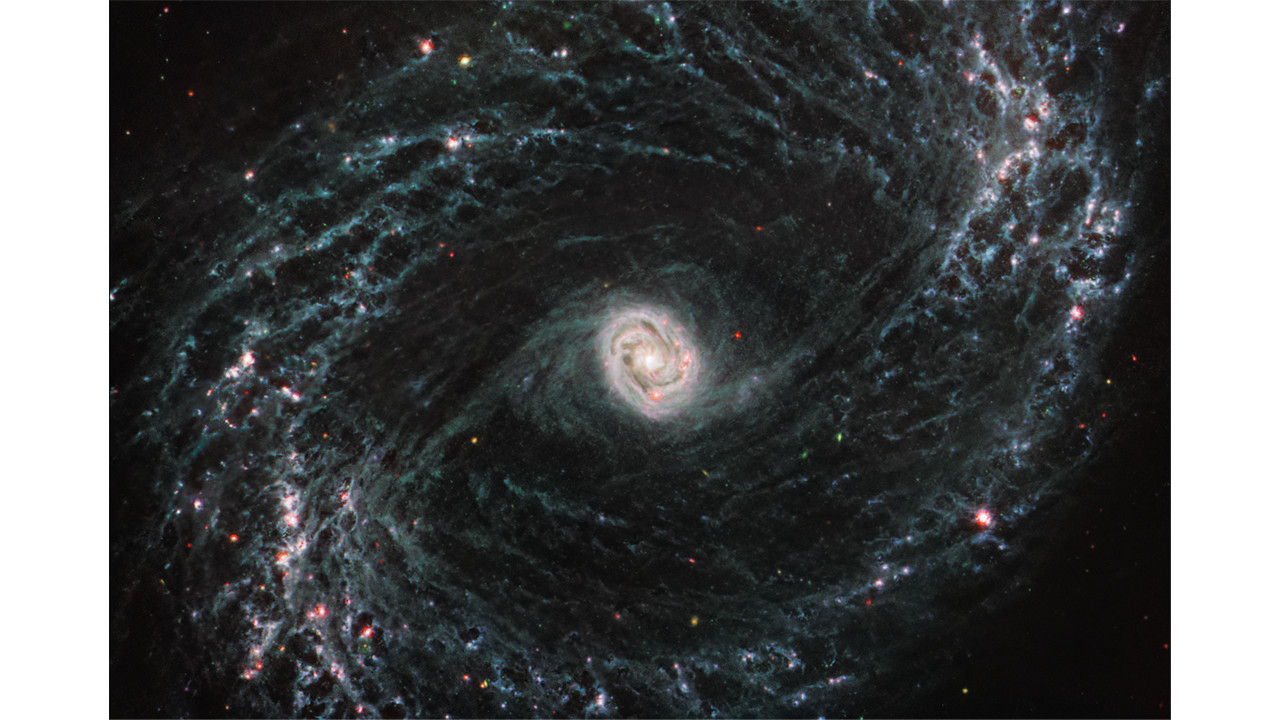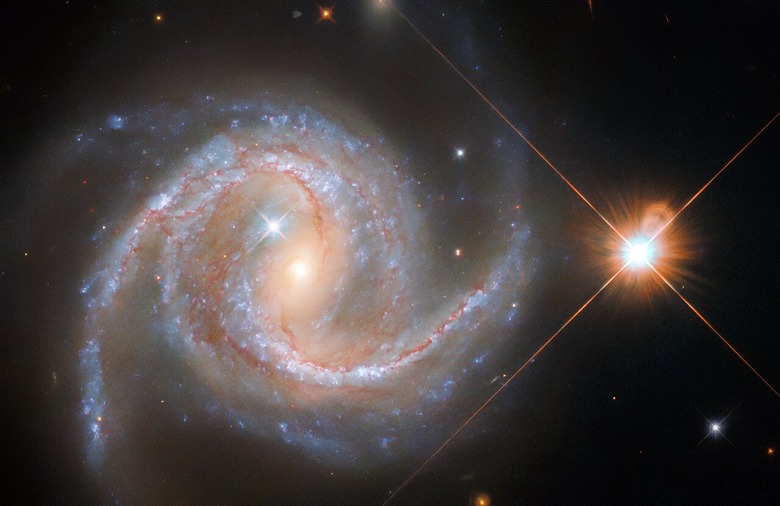James Webb Peered Deep Into The Hearts Of Nearby Spiral Galaxies
NASA's James Webb space telescope has peered deep into the hearts of nearby spiral galaxies to get a better look at star formation. The new observations are part of a much larger survey where astronomers used Webb to capture observations of the core hearts of nearby galaxies. The goal was to learn more about star formation, as well as how dust and gas coalesces in galactic formations.
The images provide an unprecedented look at the core of the observed galaxies thanks to Webb;'s infrared imaging tools. The data, NASA announced, has helped fuel a collection of 21 initial papers to provide more insight on some of the smallest-scale processes found within our universe. With Webb's deeper look at star formation, scientists hope to learn more about how the cosmos evolved.
The study, which is the largest survey of nearby galaxies, is currently being carried out by the Physics at High Angular resolution in Nearby Galaxies (PHANGS) collaboration. The team is comprised of more than 100 researchers. So far, the researchers have managed to capture a treasure trove of data with Webb that will help provide clarity on how early star formation happens.

"We are directly seeing how the energy from the formation of young stars affects the gas around them, and it's just remarkable," Erik Rosolowsky, a member of the PHANGS team, said in a statement. The team is currently observing a total of 19 spiral galaxies located near our own. The high resolution images that Webb has provided has allowed the researchers to peer through the gas and dust and into the heart of the galaxies.
It's an unprecedented observational survey that will no doubt help fuel years of rewriting what we think we know about the earliest processes in star formation. Armed with that knowledge, though, we can then use those small processes to explain much larger processes, like how galaxies themselves form – something we already have a small understanding of.
Aside from that, the latest batch of images shared in NASA's research announcement are breathtaking and a bright reminder of just how much Webb has opened our eyes to in the past seven months of research observations.
